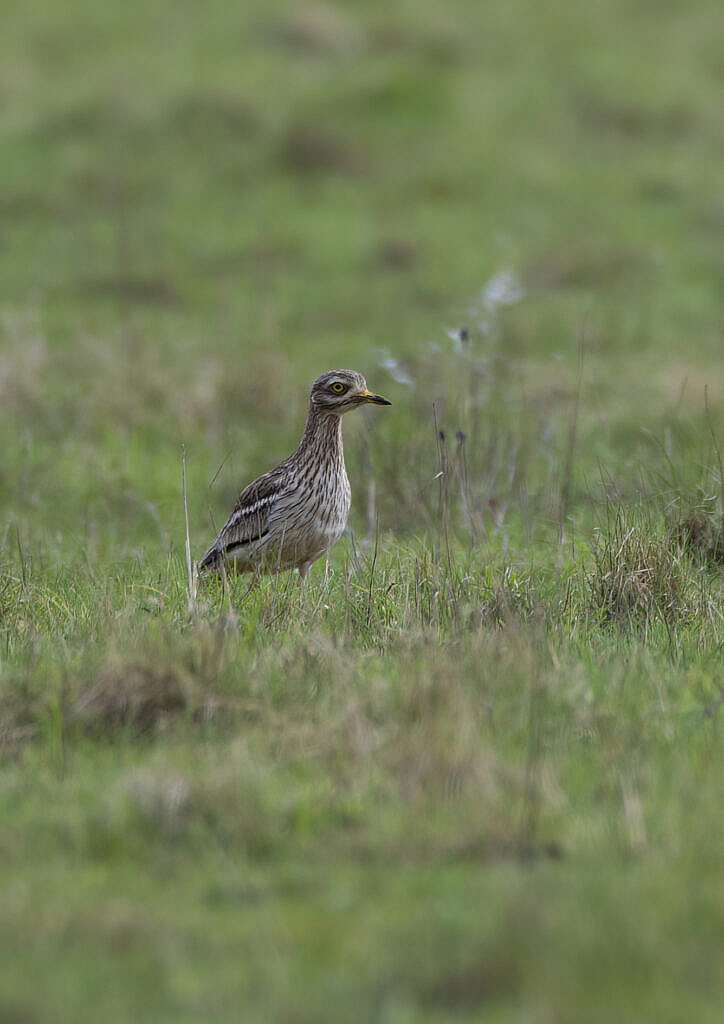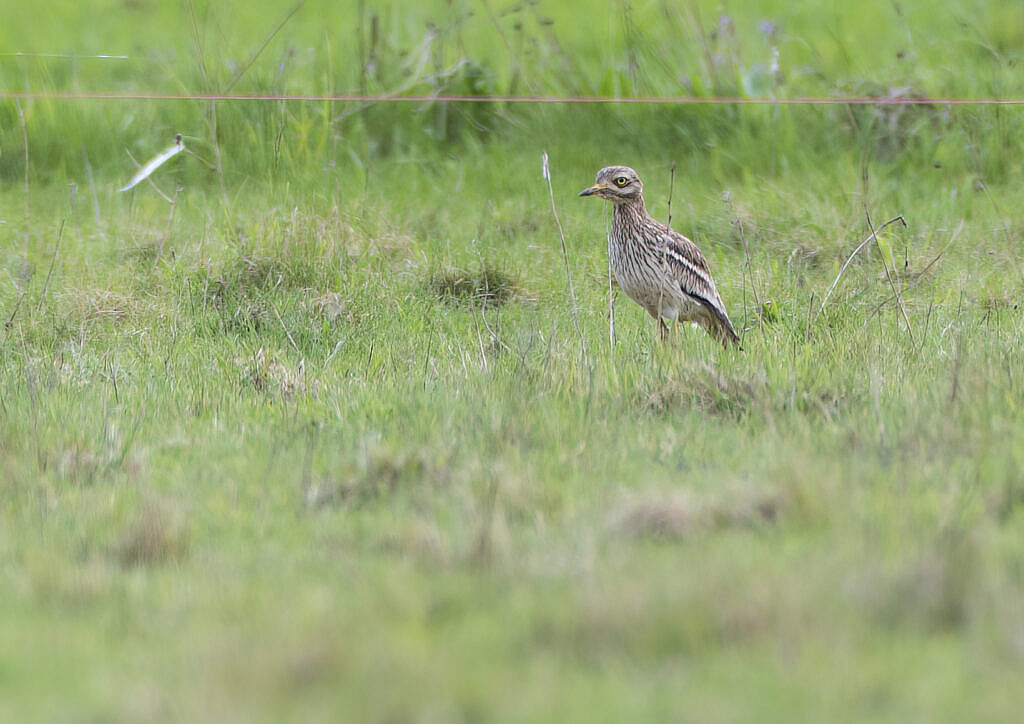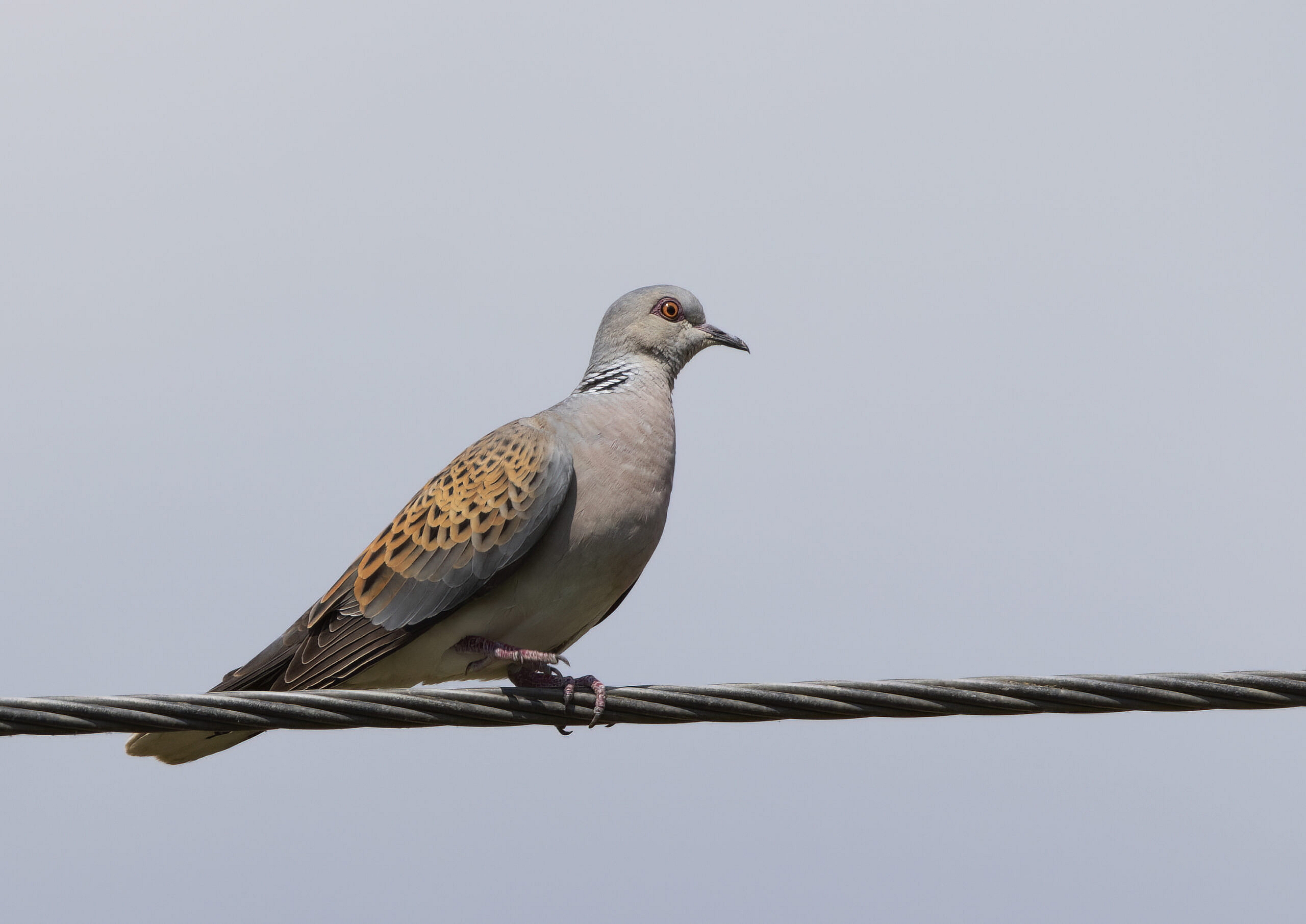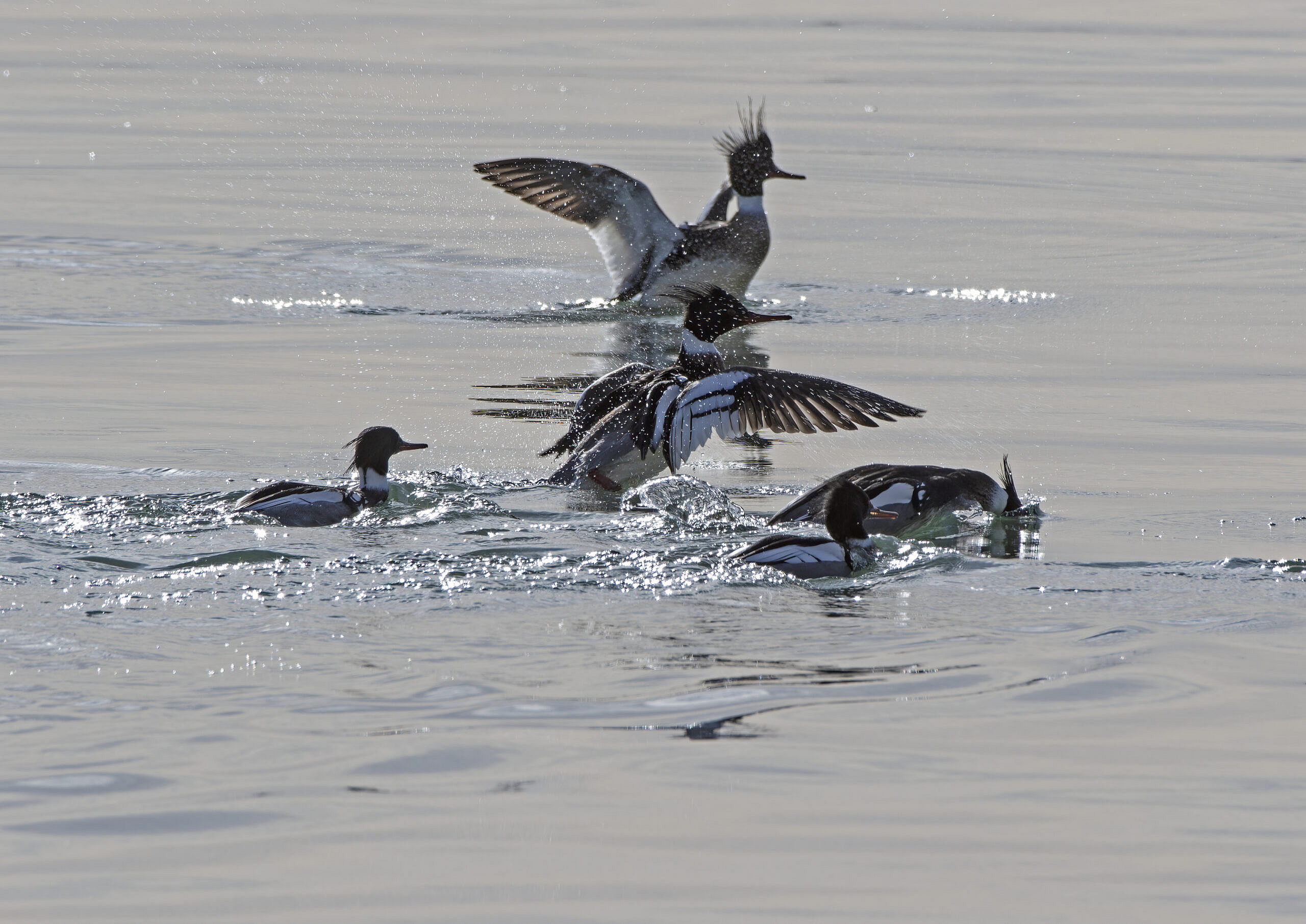There are species that appear… I don’t know. Slightly smug, perhaps? The ones that are good-looking and know it. Take the Arctic tern. Exquisitely-designed global wanderer, it has the sleek, graceful lines and curves of a supermodel. It’s a creature that knows you’ll hang its picture on your wall.
Then there are those creatures, no less superbly designed, who leave you wondering what accident befell them when they were born. The slug. The lumpfish. Those strange species that only a few lonely experts really love. It’s sad but true that if a nature conservation organisation wants to raise money, it will use something cute and furry as its poster child, not a slime mould. Which means that the species which lost out in the beauty stakes rarely get as much support as the others. Taken to its extreme, this approach would leave planet Earth populated only by the pretty.
“And why not?” I hear say.
The answer is that biodiversity is critical. Every creature we have occupies a unique niche of habitat and food sources. And that diversity increases our planet’s resilience to extreme change. Put simply, the more options we have, the more likely it is that one will make it past the dramatic alterations we’re making to our home. So we need weird, and we need ugly, just as much as we need pretty and conventional. Now I’m no oil painting myself (If you check out my youtube channel here, you’ll see that I’m never going to be competition for Rylan Clark) and I think that’s why I feel such an affinity for nature’s googly-eyed, knock-kneed wonders. And so I spent a morning recently on a farm in Hampshire in the company of Keith Betton, Chairman of the Hampshire Ornithological Society. Keith has devoted a large chunk of his life to the care and support of a bird that fills that description perfectly.
Enter the stone curlew.

Like so much of Britain’s avifauna, this is a bird we rent for a while during the summer, before it returns to its winter grounds in Spain and North Africa. But there the conventionalities end, because stone curlew like doing things differently. For one thing, they are wading birds. Most of our wading birds are found on our lakes, or riverine and coastal mudflats, but stone curlew are typically found inland. They possess a camouflage that is a perfect match to stony soils. They have long legs, which help to give them one of their less flattering folk names – ‘thick knees’. They have large, yellow eyes with exceptional night vision, because these birds are far more active at night, like a ground-based owl. And rather than probe deep into wet mud to look for invertebrates, stone curlew wander meadows, looking for beetles and worms. They are known to travel long distances – up to 5 km or so – to visit a rich feeding ground, with a particular but unexplained fondness for pig farms. And despite its name, the call it is named after is not particularly like that of the curlew. In fact the call, which I heard, is much better described by another old folk name, the ‘wailing heath-chicken’.
In the period after the second world war, when Britain rapidly expanded its food production, many of the stone curlew’s former haunts were turned into arable land, and its population dropped to just 160 pairs. Now thanks to the intensive efforts of people like Keith, and a Government scheme which pays farmers to leave patches of suitable ground bare to allow the stone curlew to nest on, numbers have more than doubled, to around 380 nesting pairs. But they are still so threatened, and so easily disturbed, that viewing them is usually done at a very considerable distance by telescopes. So I was immensely lucky when, at another site I visited, the RSPB’s Winterbourne Downs reserve in Wiltshire, several uncomfortable hours of kneeling silently behind a viewing screen paid off, and a stone curlew approached closely enough for me to get these photos – which are still a massive crop of something which would otherwise be a tiny dot in the picture.

Unfortunately, stone curlew don’t help themselves and usually nest a low density – perhaps one pair per field – so for the population to expand much further, more sites are needed, especially those on chalk grasslands. And this pressure is now creating its own problems, as stone curlew are starting to nest in crop fields, with tragic consequences if they are not spotted before the crop is gathered.
The stone curlew may not be anyone’s idea of a conservation poster-child. But it is part of the variety that brings colour to our lives, and to me, at least, we would be much poorer without them. So if you happen to be out in chalk downland anytime, and hear a sound like someone strangling a chicken, take a moment to watch and listen. Because you might just see something wonderful .





Social Profiles